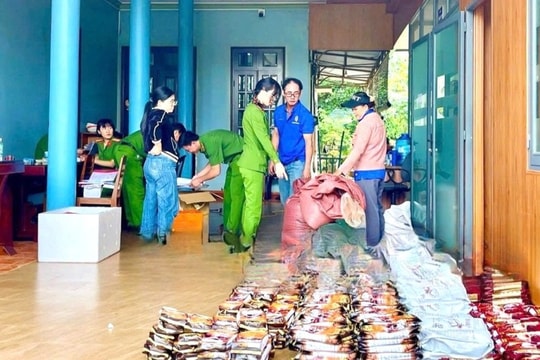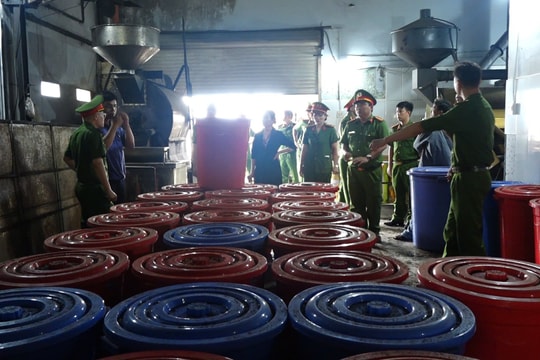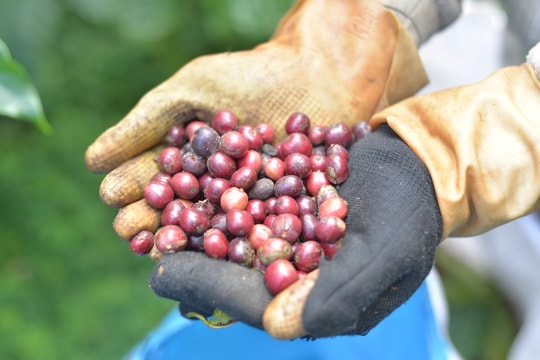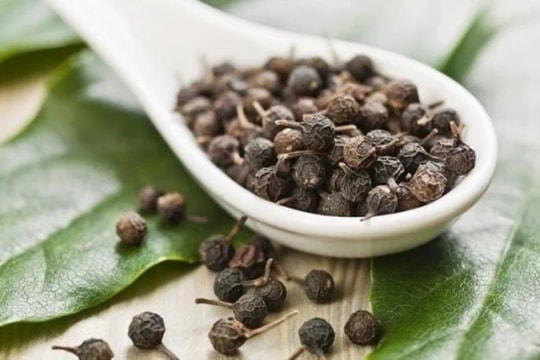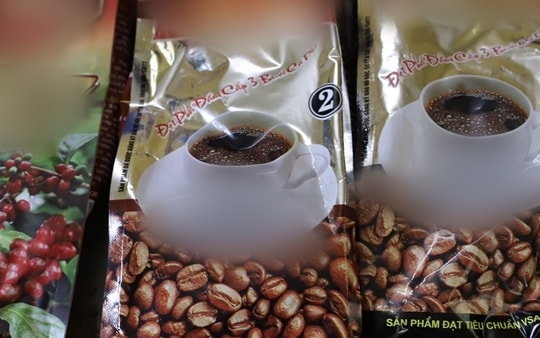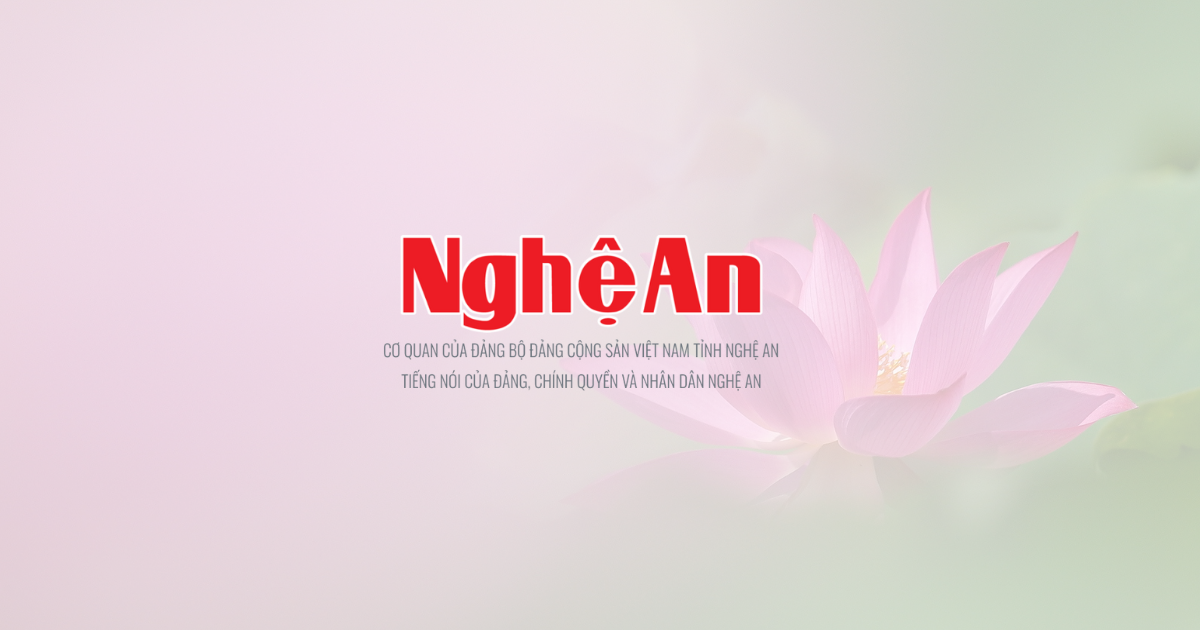“Dirty” coffee is flooding the market: Do Vietnamese people like to drink “strong, bitter, thick, foamy” coffee?
As a coffee powerhouse, many types of Vietnamese coffee are causing consumers to lose confidence in their own home country.
In recent years, the coffee market has been volatile, fake coffee is rampant, real coffee has lost its place, and consumers do not know how to distinguish.
The alarming situation of food hygiene and safety and a part of the business community using all means to make profits, regardless of people's health and lives to achieve profits has caused outrage among consumers. Fake coffee not only harms the health and economy of consumers but also makes consumers confused, gradually losing confidence in Vietnamese products.
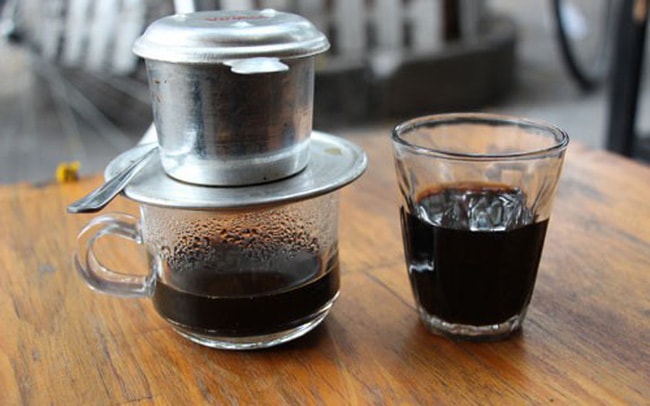 |
Surveying the market, it is easy to see that, besides the large branded coffee shops, nowadays, popular coffee services such as street coffee, coffee shops... also appear quite a lot because of their convenience and cheap price. Coffee is pre-mixed in large pots kept in ice boxes to keep cold and then brewed for customers, add sugar, milk, foam and add ice. These cups of coffee are advertised by the seller as pure coffee, but no one knows what the ingredients are or how they are mixed.
To have delicious cups of coffee for a few thousand dong that are sold widely in the market, fake coffee production facilities mix in many additives and impurities such as corn, soybeans, areca grass, burnt coffee husks into the coffee. These ingredients not only create a fragrant, rich taste after roasting, but also have a bitter taste that makes consumers mistake it for coffee.
More worryingly, to create the scent, many production facilities also use coffee essence, mainly made from chemicals, containing many impurities and toxic heavy metals. These chemical flavors are easily purchased at flavor stores with origins that are difficult to guarantee safety. The environment for producing fake coffee is also often damp and unsanitary with old, outdated hoes, shovels, and coarse roasting and grinding tools.
Roasting soybeans to resemble real coffee will destroy the nutritional components and produce substances that are very toxic to users. The prevalence of fake coffee is also partly due to consumer habits when the way Vietnamese people evaluate good coffee is still mainly based on flavors and additives.
Understanding the weakness of Vietnamese consumers who like to use coffee with 4 characteristics "thick, bitter, smooth, foamy", producers often mix impurities to satisfy the tastes and preferences of users.
Currently, many poor quality coffee production facilities have been discovered and suspended, however, that is only a very small number among hundreds, thousands of coffee processing and roasting facilities that the authorities cannot fully manage.


